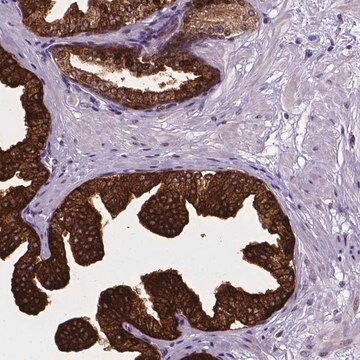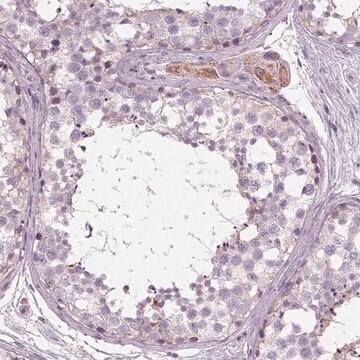GF30268076
Copper - O.F.H.C.
tube, 1000mm, outside diameter 9.5mm, inside diameter 7.9mm, wall thickness 0.8mm, 99.95+%
Synonyme(s) :
Copper, CV007700
Se connecterpour consulter vos tarifs contractuels et ceux de votre entreprise/organisme
About This Item
Formule empirique (notation de Hill):
Cu
Numéro CAS:
Poids moléculaire :
63.55
Numéro MDL:
Code UNSPSC :
12141711
ID de substance PubChem :
Nomenclature NACRES :
NA.23
Produits recommandés
Pureté
99.95%
Forme
tubes
Fabricant/nom de marque
Goodfellow 302-680-76
Résistivité
1.673 μΩ-cm, 20°C
L × épaisseur de paroi
1000 mm × 0.8 mm
D.E. × D.I.
9.5 mm × 7.9 mm
Point d'ébullition
2567 °C (lit.)
Pf
1083.4 °C (lit.)
Densité
8.94 g/mL at 25 °C (lit.)
Chaîne SMILES
[Cu]
InChI
1S/Cu
Clé InChI
RYGMFSIKBFXOCR-UHFFFAOYSA-N
Description générale
For updated SDS information please visit www.goodfellow.com.
Informations légales
Product of Goodfellow
Certificats d'analyse (COA)
Recherchez un Certificats d'analyse (COA) en saisissant le numéro de lot du produit. Les numéros de lot figurent sur l'étiquette du produit après les mots "Lot" ou "Batch".
Déjà en possession de ce produit ?
Retrouvez la documentation relative aux produits que vous avez récemment achetés dans la Bibliothèque de documents.
Julie E Gleason et al.
Proceedings of the National Academy of Sciences of the United States of America, 111(16), 5866-5871 (2014-04-09)
The human fungal pathogens Candida albicans and Histoplasma capsulatum have been reported to protect against the oxidative burst of host innate immune cells using a family of extracellular proteins with similarity to Cu/Zn superoxide dismutase 1 (SOD1). We report here
Alina Fedoseienko et al.
Annals of the New York Academy of Sciences, 1314, 6-14 (2014-04-05)
Copper is an important cofactor in numerous biological processes in all living organisms. However, excessive copper can be extremely toxic, so it is vital that the copper level within a cell is tightly regulated. The damaging effect of copper is
L Marchand et al.
Environmental pollution (Barking, Essex : 1987), 193, 205-215 (2014-07-25)
Intra-specific variability of root biomass production (RP) of six rooted macrophytes, i.e. Juncus effusus, Phragmites australis, Schoenoplectus lacustris, Typha latifolia, Phalaris arundinacea, and Iris pseudacorus grown from clones, in response to Cu exposure was investigated. Root biomass production varied widely
Adam Southon et al.
Metallomics : integrated biometal science, 5(10), 1346-1356 (2013-08-02)
Copper (Cu) is an essential redox active metal that is potentially toxic in excess. Multicellular organisms acquire Cu from the diet and must regulate uptake, storage, distribution and export of Cu at both the cellular and organismal levels. Systemic Cu
Giulia Cheloni et al.
Aquatic toxicology (Amsterdam, Netherlands), 155, 275-282 (2014-07-30)
The present study showed the important role of light intensity and spectral composition on Cu uptake and effects on green alga Chlamydomonas reinhardtii. High-intenisty light (HL) increased cellular Cu concentrations, but mitigated the Cu-induced decrease in chlorophyll fluorescence, oxidative stress
Notre équipe de scientifiques dispose d'une expérience dans tous les secteurs de la recherche, notamment en sciences de la vie, science des matériaux, synthèse chimique, chromatographie, analyse et dans de nombreux autres domaines..
Contacter notre Service technique







